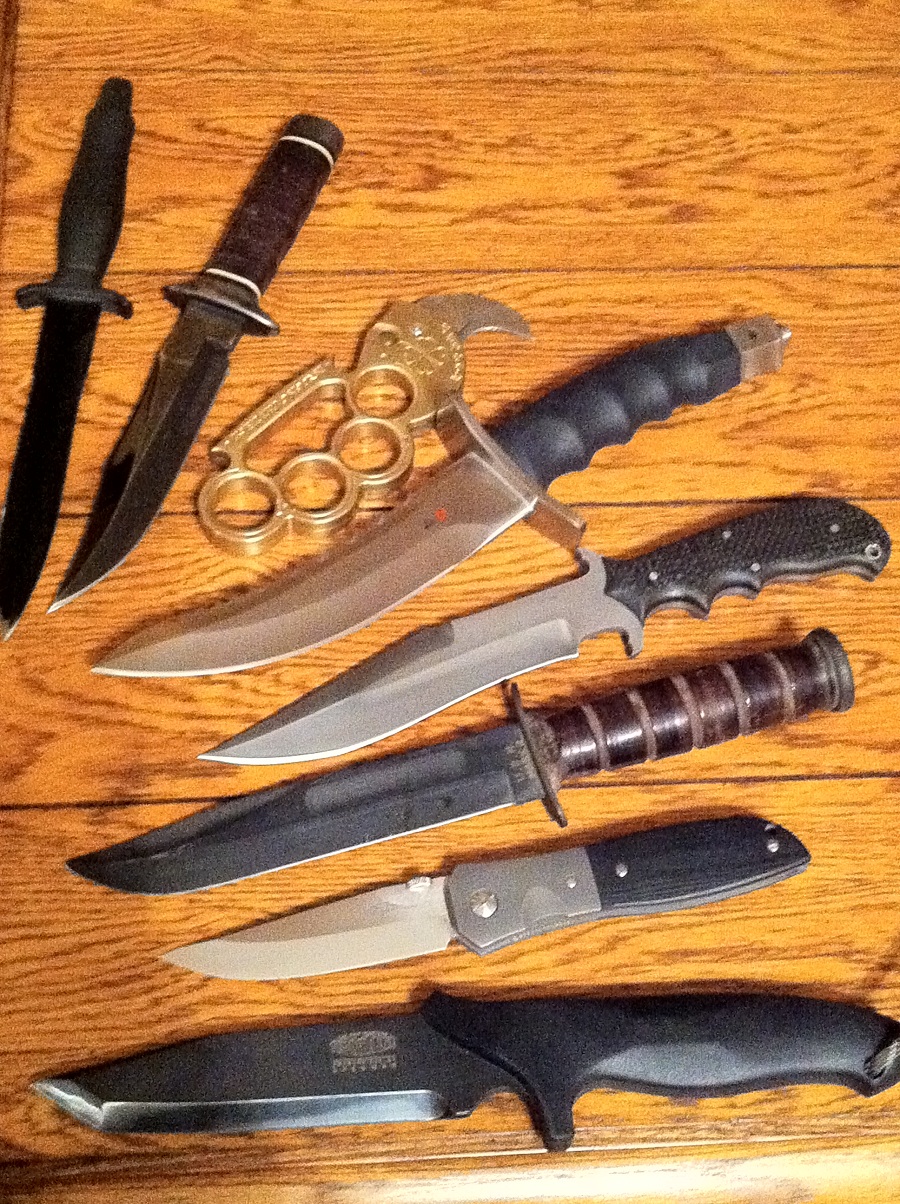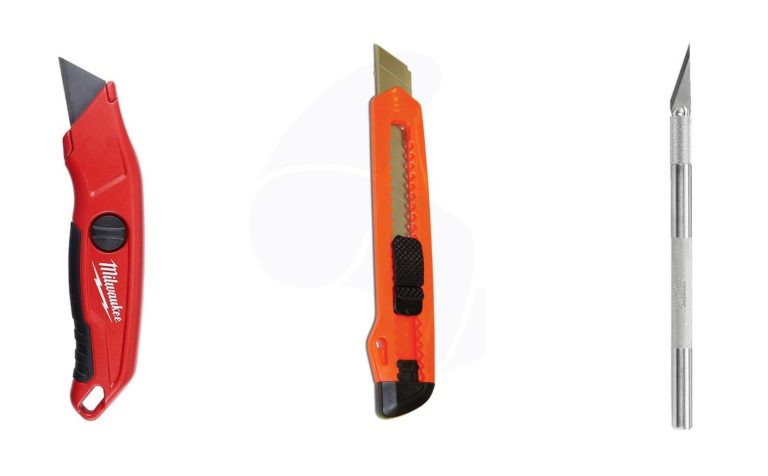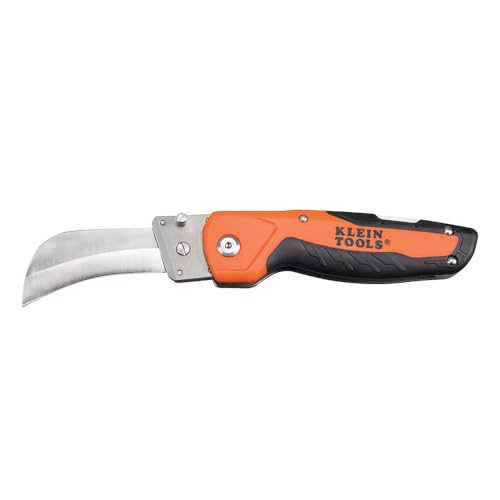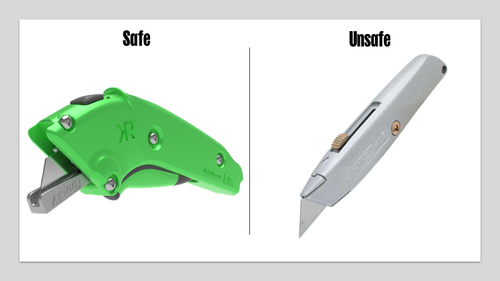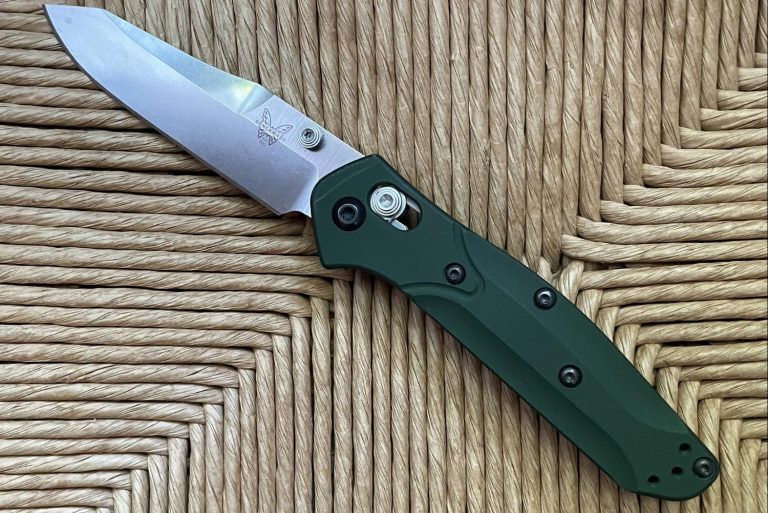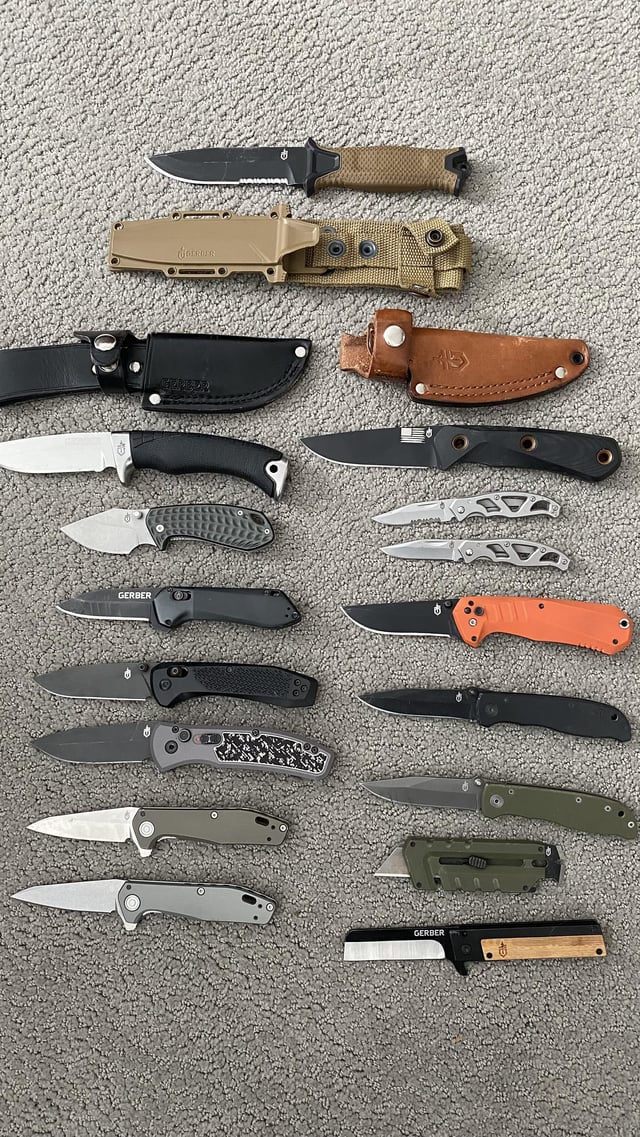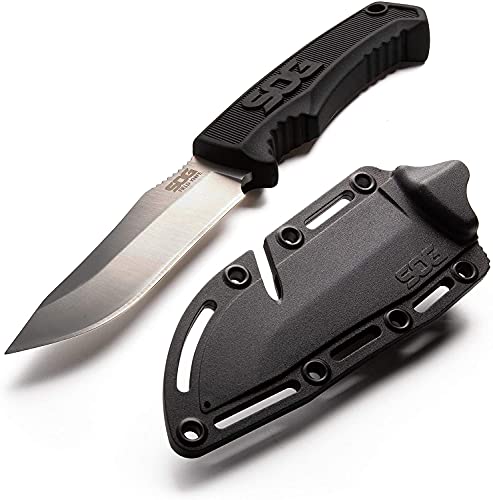Combat Knife Vs Fighting Knife: Unveiling Key Differences
Choosing between a combat knife and a fighting knife can be tricky. Both have their unique strengths and uses.
Combat knives and fighting knives serve distinct purposes. A combat knife is designed for military use, versatile for various tasks. A fighting knife, however, is crafted specifically for hand-to-hand combat. Understanding the differences can help you make an informed decision.
In this blog post, we will compare the two, examining their features, uses, and the scenarios they best fit. Whether you’re a collector, an enthusiast, or someone considering a purchase, this guide will clarify which knife suits your needs best. Let’s dive into the details and explore what sets these knives apart.
Design Features
Design features play a significant role in differentiating combat knives from fighting knives. Each type has unique elements that suit its intended use. Understanding these features can help users choose the right tool for their needs.
Blade Shape And Length
Combat knives often have a straight blade. This design provides versatility in various tasks. The length usually ranges between 4 to 7 inches. This makes them easier to handle and control.
Fighting knives, on the other hand, usually have a curved or double-edged blade. The length often extends beyond 7 inches. The longer blade increases reach in combat situations. The curve or double edge helps in slashing actions.
Handle Design
Combat knife handles prioritize grip and comfort. They often feature textured surfaces. This reduces slippage during use. Some handles have finger grooves for better control.
Fighting knives typically have a simpler handle design. These handles focus on quick maneuverability. They often lack extensive texturing. The design allows for fast changes in grip during combat.

Credit: www.reddit.com
Material Composition
Understanding the materials used in combat and fighting knives is crucial. These materials affect the knife’s durability, weight, and performance. Let’s explore the blade and handle materials.
Blade Materials
The blade is the most critical part of any knife. Different knives use different materials for their blades. Here are some common materials:
- Stainless Steel: Resists rust and is easy to maintain. It is popular in both combat and fighting knives.
- High Carbon Steel: Offers excellent sharpness and edge retention. It is often used in combat knives.
- Tool Steel: Known for its toughness. It is ideal for heavy-duty tasks.
Handle Materials
The handle provides grip and control. It must be comfortable and secure. Let’s look at some common handle materials:
- G-10: A high-pressure fiberglass laminate. It is lightweight, durable, and offers a good grip.
- Micarta: A composite material of linen, canvas, or paper. It is strong and provides a textured grip.
- Kraton: A type of synthetic rubber. It offers a soft and secure grip, even in wet conditions.
Intended Use
Combat knives are designed for military use, focusing on durability and utility. Fighting knives prioritize agility and precision for close combat.
Understanding the intended use of combat knives and fighting knives is important. Their design and functionality are influenced by their purpose. This section explores how each type of knife is used in different contexts. This will help you choose the right tool for your needs.Military Applications
Combat knives are designed for military use. Soldiers use them in close combat situations. They are also used for utility tasks in the field. The design often includes a sturdy blade for reliability. Combat knives can cut through various materials. They are an essential tool for survival and combat situations.Self-defense Scenarios
Fighting knives are often used for personal protection. They are designed for swift and effective self-defense. The blades are usually sharp and pointed. This allows for quick and decisive action. Fighting knives are easy to carry and conceal. They provide an advantage in dangerous situations. They are popular among civilians and law enforcement. “`Legal Considerations
Understanding the legal considerations of owning and carrying knives is crucial. Laws vary widely and can be complex. This section delves into the rules and regulations surrounding combat and fighting knives.
Regulations By Region
Knife laws vary from one region to another. In some places, owning a combat knife is legal, while in others, it’s restricted or banned. Regulations depend on the blade length, type, and intended use. Research your local laws to avoid legal issues.
Ownership And Carry Laws
Ownership laws dictate who can legally own a knife. Some regions require permits or licenses. Others have age restrictions. Carry laws focus on whether you can carry a knife in public. These laws often specify the blade length and concealment.
In many places, carrying a combat or fighting knife openly is illegal. Concealed carry might be permitted, but with strict regulations. Always verify the specifics of your local laws.
Training And Techniques
Combat knives and fighting knives serve different purposes in various scenarios. Training and techniques for each type of knife also differ significantly. Understanding these differences can enhance your skills and effectiveness.
Combat Knife Training
Combat knife training focuses on military applications. It involves rigorous drills and simulations. Trainees learn to handle the knife under stress. Situational awareness is crucial. Training includes both offensive and defensive moves. Practical exercises help in mastering close-quarters combat. Instructors emphasize speed and precision.
Combat knife training often incorporates survival skills. Trainees are taught to use the knife for various tasks. These tasks include cutting, digging, and even first aid. The goal is to make the trainee versatile. Tactical movements are practiced repeatedly. This ensures muscle memory. Efficient use of the knife can be a lifesaver.
Fighting Knife Techniques
Fighting knife techniques vary based on martial arts styles. These techniques focus on self-defense. They include slashes, thrusts, and parries. Speed and accuracy are essential. Practitioners train to disarm opponents. They also learn how to counter attacks. Footwork plays a key role in fighting techniques. Maintaining balance is crucial.
Training often includes sparring sessions. These sessions help in applying techniques in real scenarios. Practitioners learn to anticipate an opponent’s moves. This enhances their reaction time. Defensive techniques are equally important. Blocking and evading attacks are practiced regularly. The aim is to neutralize threats swiftly and safely.
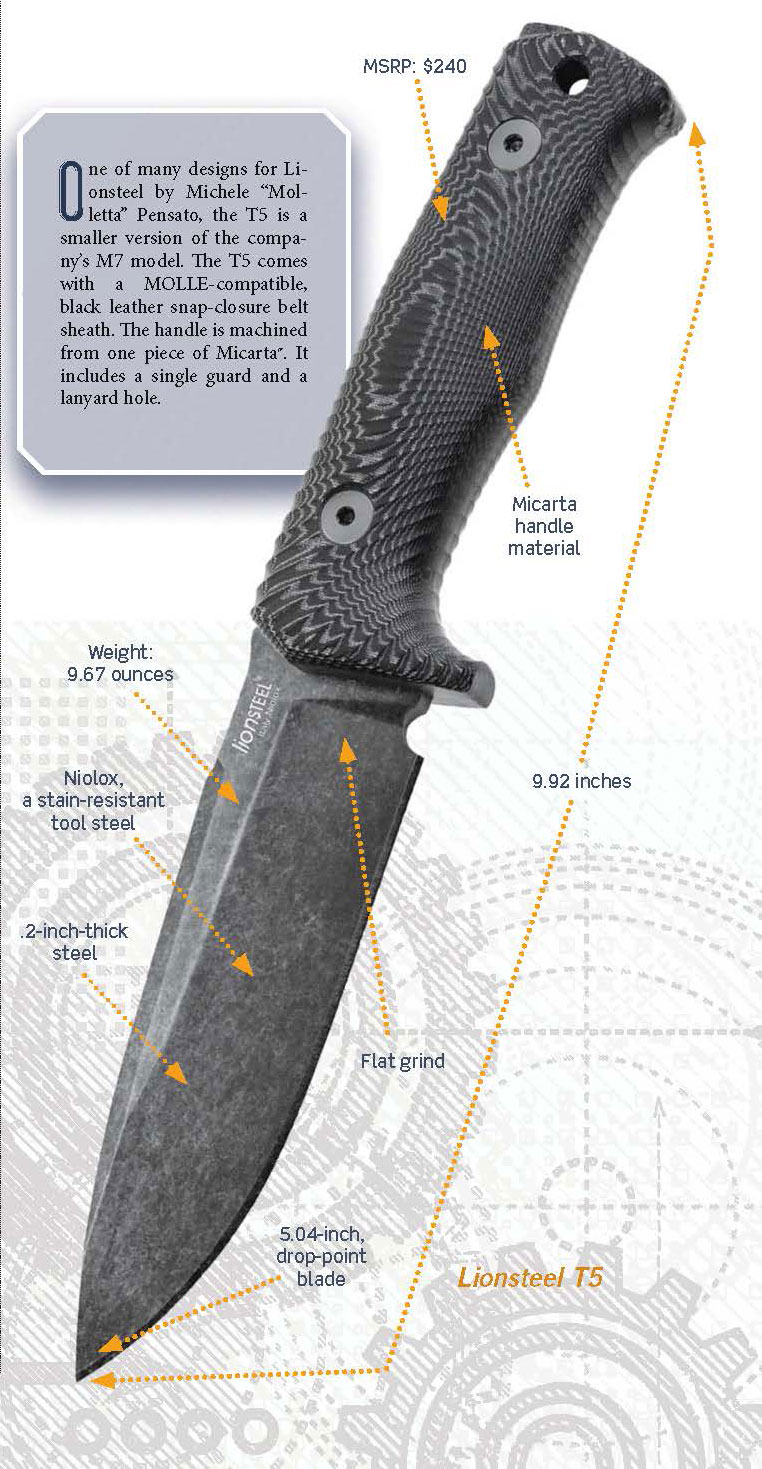
Credit: blademag.com
Maintenance And Care
Maintaining and caring for your combat knife or fighting knife is crucial. Proper maintenance ensures longevity and reliability. Whether you own a combat knife or a fighting knife, keeping it in top condition is essential. Let’s explore how to clean, sharpen, and store these knives properly.
Cleaning And Sharpening
Regular cleaning prevents rust and damage. Wipe the blade after each use. Use a damp cloth to remove debris. Dry the blade thoroughly to avoid moisture. For deeper cleaning, use mild soap and water. Avoid harsh chemicals. They can damage the blade’s finish.
Sharpening is equally important. A dull knife is dangerous. Use a sharpening stone or a professional sharpener. Follow the blade’s angle for best results. Ensure even sharpening on both sides. Regular sharpening keeps the knife effective and safe.
Storage Tips
Proper storage protects the knife from damage. Use a sheath or knife case. Store the knife in a dry place. Avoid humid environments. Moisture can cause rust. Keep the knife out of reach of children. Safety comes first.
For long-term storage, consider using a silica gel packet. It absorbs moisture. Check the knife periodically for signs of rust or damage. Regular maintenance extends the life of your knife.
Popular Models
When choosing between a combat knife and a fighting knife, it helps to know which models are popular. Each type of knife serves a different purpose and has its own strengths. Let’s explore some of the top models in each category.
Top Combat Knives
Combat knives are designed for military use. They are sturdy and versatile.
Ka-Bar USMC: This knife is a favorite among military personnel. It has a 7-inch blade and is made of high-carbon steel.
Gerber StrongArm: Known for its durability, this knife has a 4.8-inch blade. It also features a rubberized handle for a secure grip.
SOG Seal Pup Elite: This knife is compact with a 4.85-inch blade. It is made from AUS-8 stainless steel, making it resistant to corrosion.
Top Fighting Knives
Fighting knives are designed for close combat. They are agile and lightweight.
Fairbairn-Sykes Fighting Knife: This knife has a 7-inch double-edged blade. It is a classic choice for many combat forces.
Cold Steel OSS: Featuring an 8.25-inch blade, this knife is both sharp and balanced. It is ideal for quick strikes.
EK Model 5: This knife has a 6.5-inch blade and a lightweight design. It is perfect for fast, precise movements.

Credit: www.youtube.com
Frequently Asked Questions
What Is A Combat Knife?
A combat knife is designed for military use, optimized for durability and versatility. It is used in close-quarters combat and general utility tasks.
What Is A Fighting Knife?
A fighting knife is specifically designed for hand-to-hand combat. It prioritizes agility and effectiveness in a fight over utility functions.
Are Combat Knives And Fighting Knives The Same?
No, they are not the same. While both are designed for combat, fighting knives focus on agility and combat effectiveness, whereas combat knives also serve utility purposes.
Which Is Better For Survival, Combat Or Fighting Knife?
A combat knife is better for survival. It is versatile, durable, and suited for various tasks beyond fighting.
Conclusion
Choosing between a combat knife and a fighting knife depends on your needs. Both have their strengths and weaknesses. Combat knives are versatile and useful for various tasks. Fighting knives are designed specifically for combat situations. Consider your primary use before making a decision.
Always prioritize safety and proper handling. The right choice enhances your effectiveness and confidence. Remember, skill and practice are essential. Stay informed, and make the best choice for your needs.

